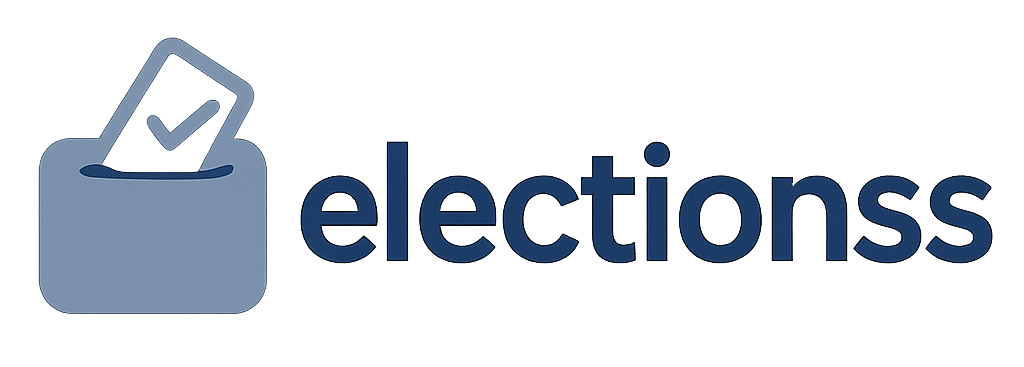New SSA Director Pushes Digital Transformation, Supreme Court Lifts DOGE Ban

According to a report by the Wall Street Journal (WSJ), Frank Bisignano, the new director of the Social Security Administration (SSA), recently stated in an interview that he plans to utilize members of the Department of Government Efficiency (DOGE) to drive a comprehensive digital transformation of the SSA and expedite the adoption of artificial intelligence (AI). Despite the DOGE team's separation from the White House, they remain a key force in reform.
Bisignano emphasized that the expertise and technical support provided by DOGE would help reform customer service processes, reduce average call wait times, and accelerate the processing of retirement, disability, and medical insurance applications. He noted, "I consider them as resources to assist me." He took office on May 7 and describes himself as part of the 'DOGE faction,' aiming to transform the SSA into a 'digital-first' agency, making it easier for the public to handle services like reissuing social security cards online or via phone, while still retaining in-person services and freeing up human resources.
In a separate development, the Supreme Court lifted a ban, allowing the DOGE team to regain access rights. White House spokesperson Liz Huston said, "Under President Trump's leadership, the SSA is moving down a new path of reform, prioritizing customer service, reducing waste and fraud, while focusing staff more on serving the public directly." However, some SSA employees have expressed reservations about DOGE, fearing that the team's interventions could compromise internal procedures and data security. Bisignano reassured that DOGE focuses solely on technical assistance and that American citizens' personal information remains secure.
He also acknowledged that the current state of telephone customer service at the SSA is less than ideal, with an average wait time of 19.2 minutes and some users waiting more than 2 hours. His goal is to reduce the average wait time to 12 minutes by the end of September 2026, while also increasing the on-time completion rate of retirement and medical insurance applications from the current 83% to 100%, and aiming to decrease the review days for initial disability claims from 231 days to 190 days. Bisignano is also committed to improving error payment issues. According to a February report from the SSA's Inspector General, total erroneous payments for the fiscal year 2023 reached $8.9 billion, with $97 million attributed to pension fraud. He stated that AI integration will help accelerate application processing and reduce errors, but he acknowledged that "AI integration is a long journey." Currently, the SSA's 1-800 helpline has some AI assistance, with around 44% of calls answered by robots in March, significantly up from 17% in October last year. However, some users have complained that the voice response system leads to endless loops, affecting efficiency.
Addressing concerns about potential cuts to social security benefits, Bisignano clarified, "I will not cut social security benefits; that is Congress's responsibility. My job is to solidify them." He humorously recalled that when he was invited by Trump last December, he specifically searched for the responsibilities of the Social Security Administrator on Google. Having served as CEO of payments giant Fiserv and held senior positions at JPMorgan and First Data Corp, he pledged to leverage private sector experience to realize digital transformation while maintaining an annual budget of $14.8 billion. Currently, the SSA has about 52,000 employees, down significantly from 68,000 in 2010. Bisignano mentioned he has visited multiple offices to understand current conditions and believes the focus should be on "delivering good service" rather than merely on staffing levels.




